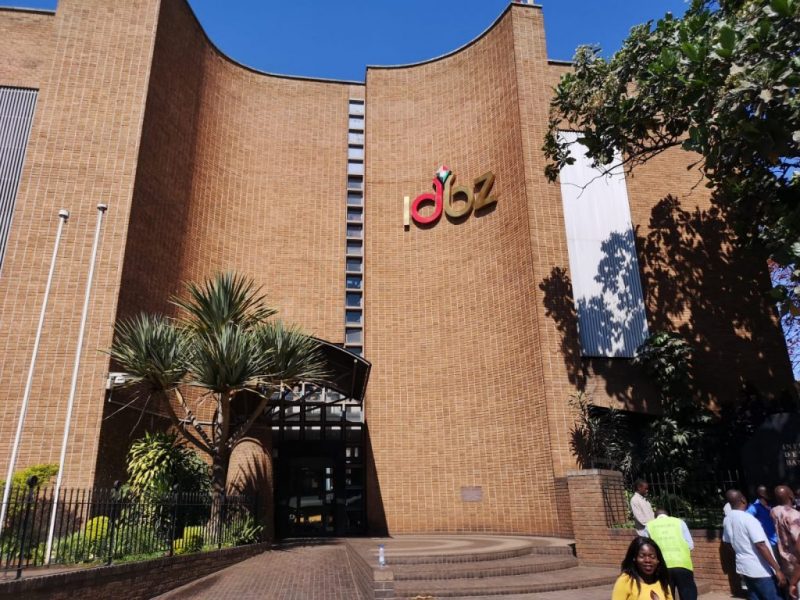Zim economy on great trek-RBZ
ZIMBABWE’s economy is hurtling forward on the great trek to recovery and growth, Reserve Bank of Zimbabwe (RBZ) governor Dr John Mangudya says, adding a significant number of businesses already enjoying the spin-offs can attest to the growth.
Dr Mangudya said this on Friday during a panel discussion to review his mid-term monetary policy review he presented earlier this month, which left most fundamental policy targets he pronounced in January this year and the intervening period unchanged.
The central bank chief, like his finance counterpart days earlier, chose not to tinker much with current (monetary) policy targets arguing the current policy packages were yielding the desired and positive results.
This comes after Finance and Economic Development Minister Mthuli Ncube, in his midterm fiscal policy review, revised Treasury’s economic growth forecast to 7.8 percent from the initial 7.4 percent made in the 2021 Budget in November last year.
Minister Ncube cited a stellar agricultural season, which resulted in a bumper harvest, global commodity price boom, massive construction projects across the country and strong growth in electricity generation, among others, for his bullish forecast.
The International Monetary Fund and World Bank also recently issued very positive growth forecasts for Zimbabwe’s economy, despite the long shadow of the Covid-19 pandemic, projecting 6 percent and 3.9 percent expansion, respectively.
Dr Mangudya on Friday said even after taking into account the negative impact of Covid19, Zimbabwe’s economy was headed in the right direction towards rebound, recovery and growth this year and into the future.
The national economy, just like the rest of economies across the globe, is experiencing economic and social turbulence induced by the outbreak of the Covid-19 pandemic, which has lasted longer than initially anticipated.
Consequently, the global economy which was initially anticipated to decline by 3.9 percent in 2020 is now expected to decline by 4.9 percent, significantly lower than Zimbabwe’s projected rebound and growth rate.
“The economy is on the move, we are on the great trek to recovery, we are on the great trek to rebounding the economy…corporates are enjoying,” Dr Mangudya said, adding key fundamentals supported his assertions.
The central bank chief also rebuffed claims by some panelists that the backlog at the auction on approved bids was evidence the platform was not working. Rather, Dr Mangudya stressed that the auction was the only viable solution, accounting for the bulk of importers’ forex needs.
“The fundamentals are clear, we have grown by 29 percent in terms of exports, the coverage ratio is higher under the auction than through FCAs (foreign currency accounts), than through the interbank market.
“To us you are criticising medicine that is helping the economy. It is also acceptable (though) because (similarly) we have some people who are criticising vaccines as if they have an alternative,” Dr Mangudya said.
As such, Dr Mangudya said the auction would remain the main mechanism of distributing forex with the bank taking measures to refine it for efficiency. He also stressed the system will continue to operate as a Dutch auction.
The RBZ Governor recently said the auction system had thus far extended US$1,5 billion to 1 632 large corporations and US$172,8 million to SMEs with the bulk, 70 percent, going towards procurement of raw materials, machinery and equipment.
The auction, introduced in June last year, has anchored exchange rate and economic stability, triggering a rapid inflation down spiral, from a post dollarisation high of 837.5 percent in July last year to 56.37 percent in July this year, its lowest point in two years.
Dr Mangudya said on Friday the bank expected inflation to maintain its downward trajectory towards the revised year-end target of between 25 and 35 percent, underpinned by a conservative monetary targeting framework.
He also emphasised that there was no relationship between the foreign currency backlog on the foreign exchange auction and parallel market exchange rate, citing existence of supplier-client credit arrangements as the main reason for the assertion.
This comes following reports in the market that glitches in settlement of bids approved at the forex auction, which should operate on a T+3 (3 day) cycle, were driving beneficiaries to the open market to meet orders in time, allegedly pushing open market rates higher.-ebusnessweekly.coz.w










